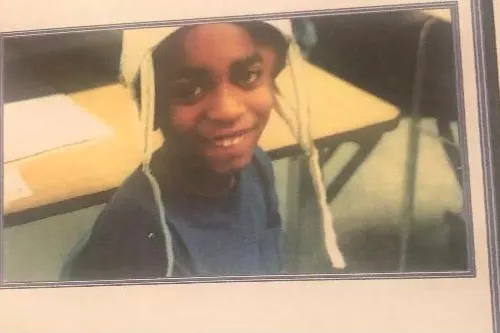Children Who Survive Shootings Endure Huge Health Obstacles and Costs
Share
Explore Our Galleries
Breaking News!
Today's news and culture by Black and other reporters in the Black and mainstream media.
Ways to Support ABHM?
By Liz Szabo, Word In Black
A new study finds that young people who have been injured by firearms are more prone to psychiatric diagnoses and developing a substance use disorder than kids who have not been shot — and their families also suffer long-term ill effects.

Oronde McClain was struck by a stray bullet on a Philadelphia street corner when he was 10.
[…]
The shooting left him in a coma for seven weeks and in a wheelchair for nearly two years. School bullies magnified his pain, laughing at his speech and the helmet he wore to protect his brain. McClain said he repeatedly attempted suicide as a teenager. He remains partly paralyzed on his right side and endures seizures and post-traumatic stress disorder.
“People who die, they get funerals and balloon releases,” said McClain, now 33. “Survivors don’t get anything.”
Yet the ongoing medical needs of gun violence survivors and their families are vast.
In the year after they were shot, child and adolescent survivors were more than twice as likely as other kids to experience a pain disorder, said Zirui Song, an associate professor of health care policy and medicine at Harvard Medical School and the co-author of a new study in Health Affairs. The shooting survivors in the study — age 19 and younger — were found to be 68% more likely than other kids to have a psychiatric diagnosis and 144% as likely to develop a substance use disorder.
Learn more about the realities shooting survivors face in the full article.
There’s a correlation between climate change and increased gun violence.











Comments Are Welcome
Note: We moderate submissions in order to create a space for meaningful dialogue, a space where museum visitors – adults and youth –– can exchange informed, thoughtful, and relevant comments that add value to our exhibits.
Racial slurs, personal attacks, obscenity, profanity, and SHOUTING do not meet the above standard. Such comments are posted in the exhibit Hateful Speech. Commercial promotions, impersonations, and incoherent comments likewise fail to meet our goals, so will not be posted. Submissions longer than 120 words will be shortened.
See our full Comments Policy here.